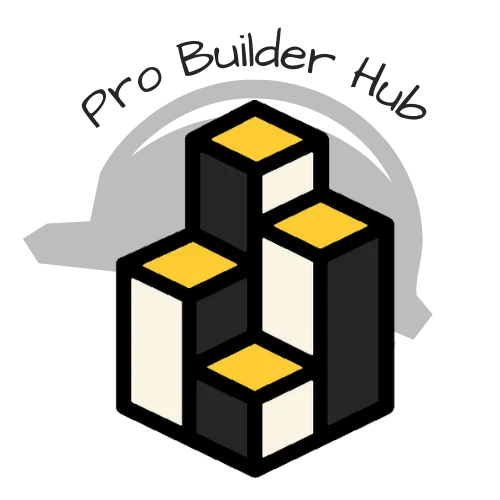Hey there, Contractors!
We know how important it is to stay busy with rewarding projects while having a reliable team by your side. That's why we've created a warm and welcoming space just for you. Whether you're looking for more projects or in need of some extra hands to make those dreams a reality, you've landed in the right spot.
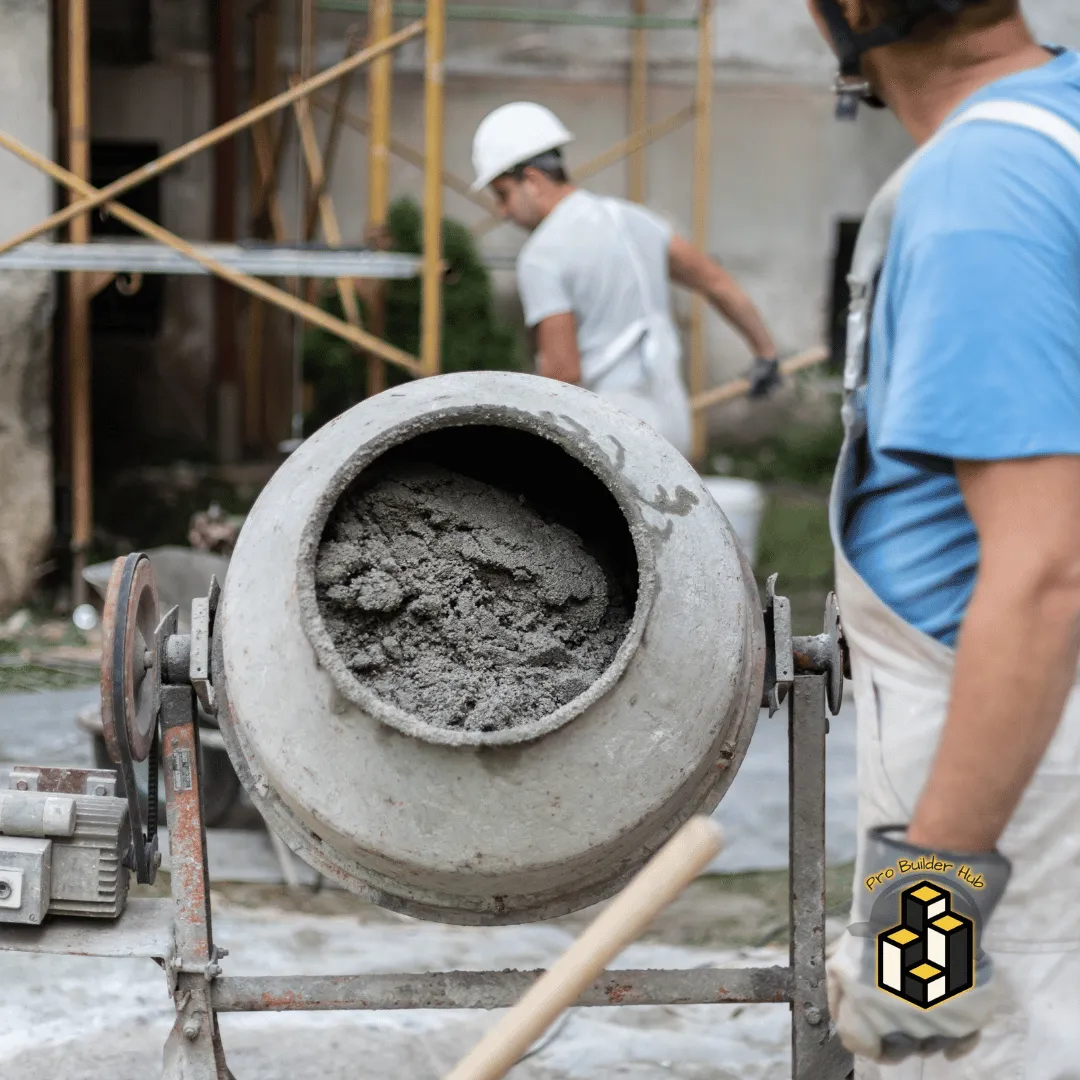
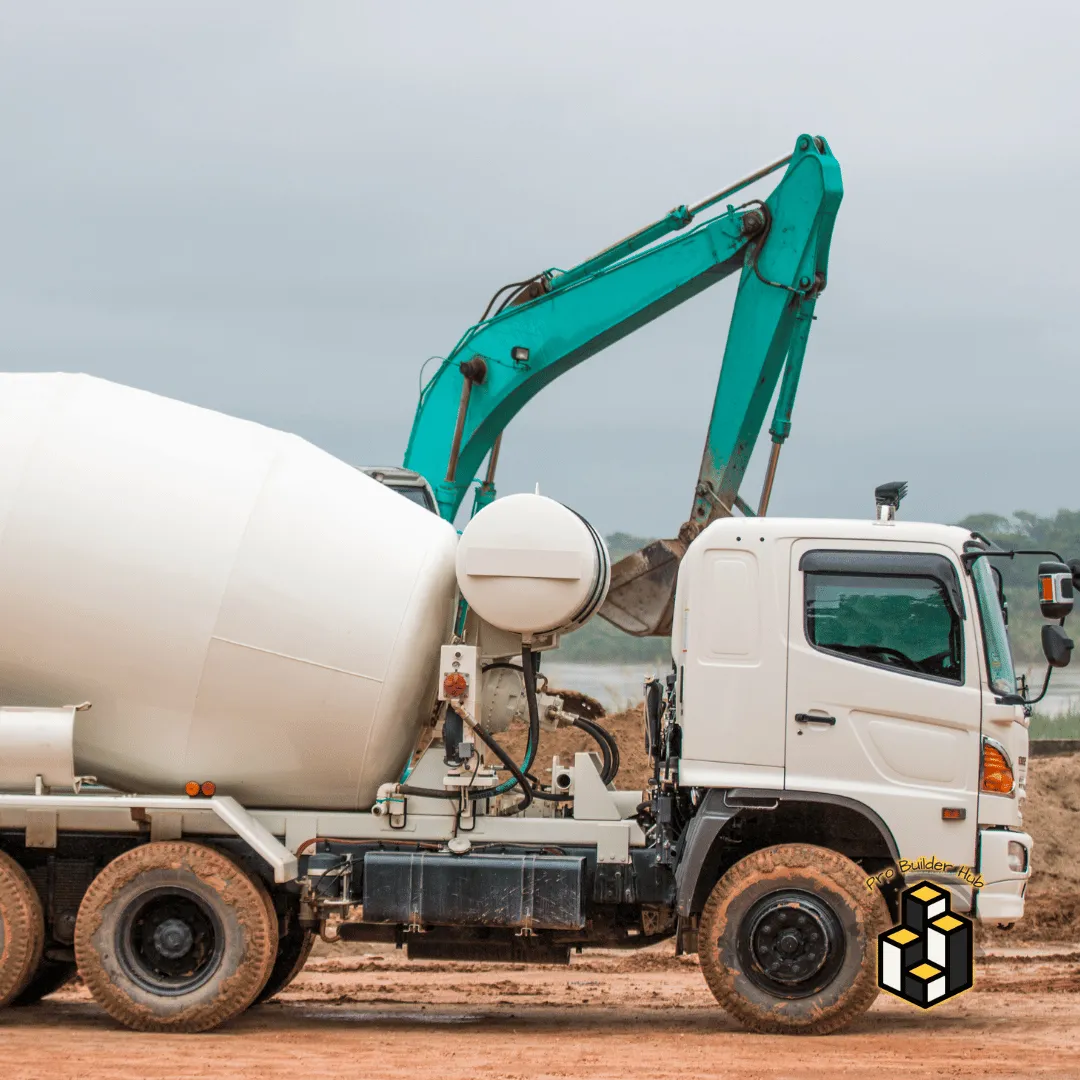
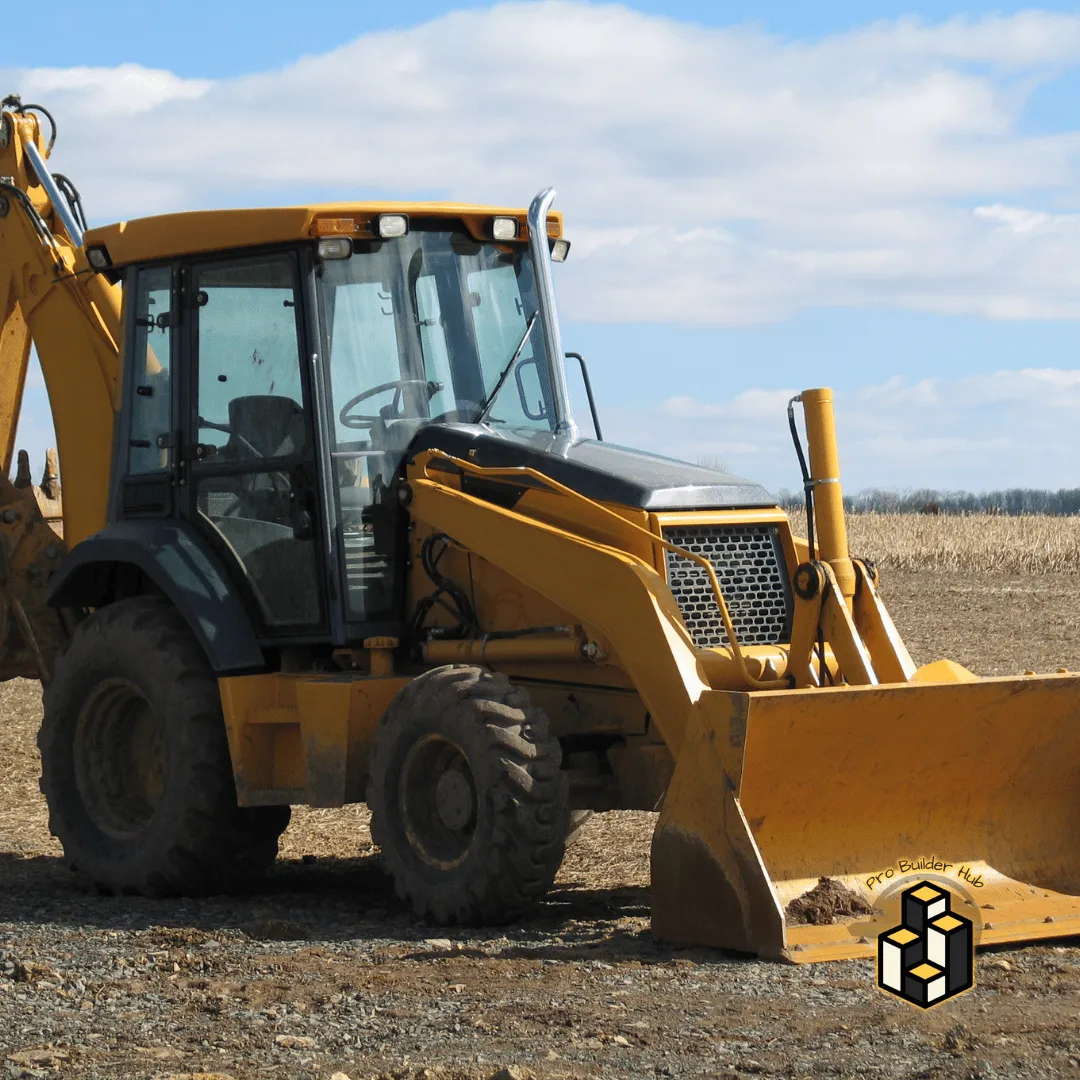

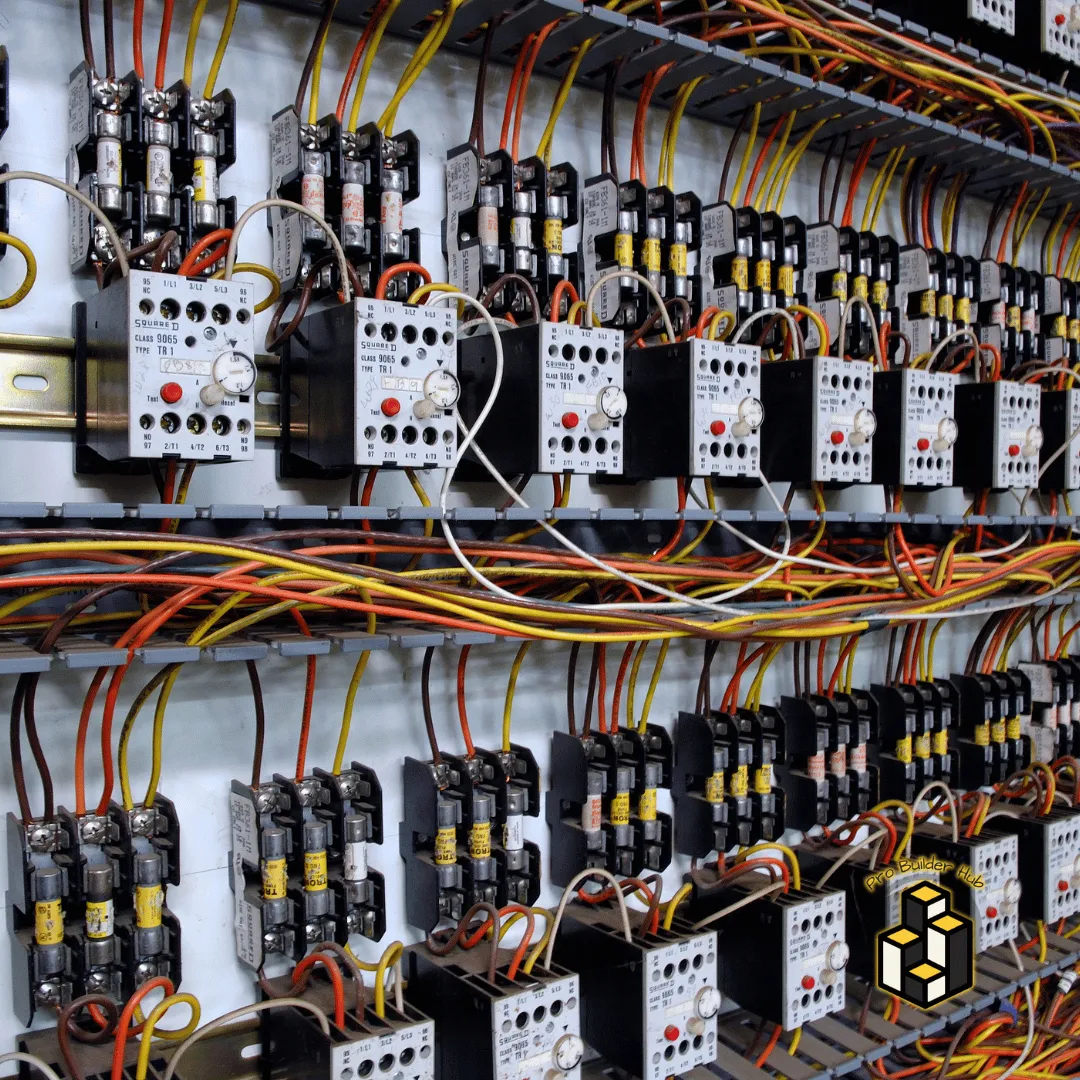
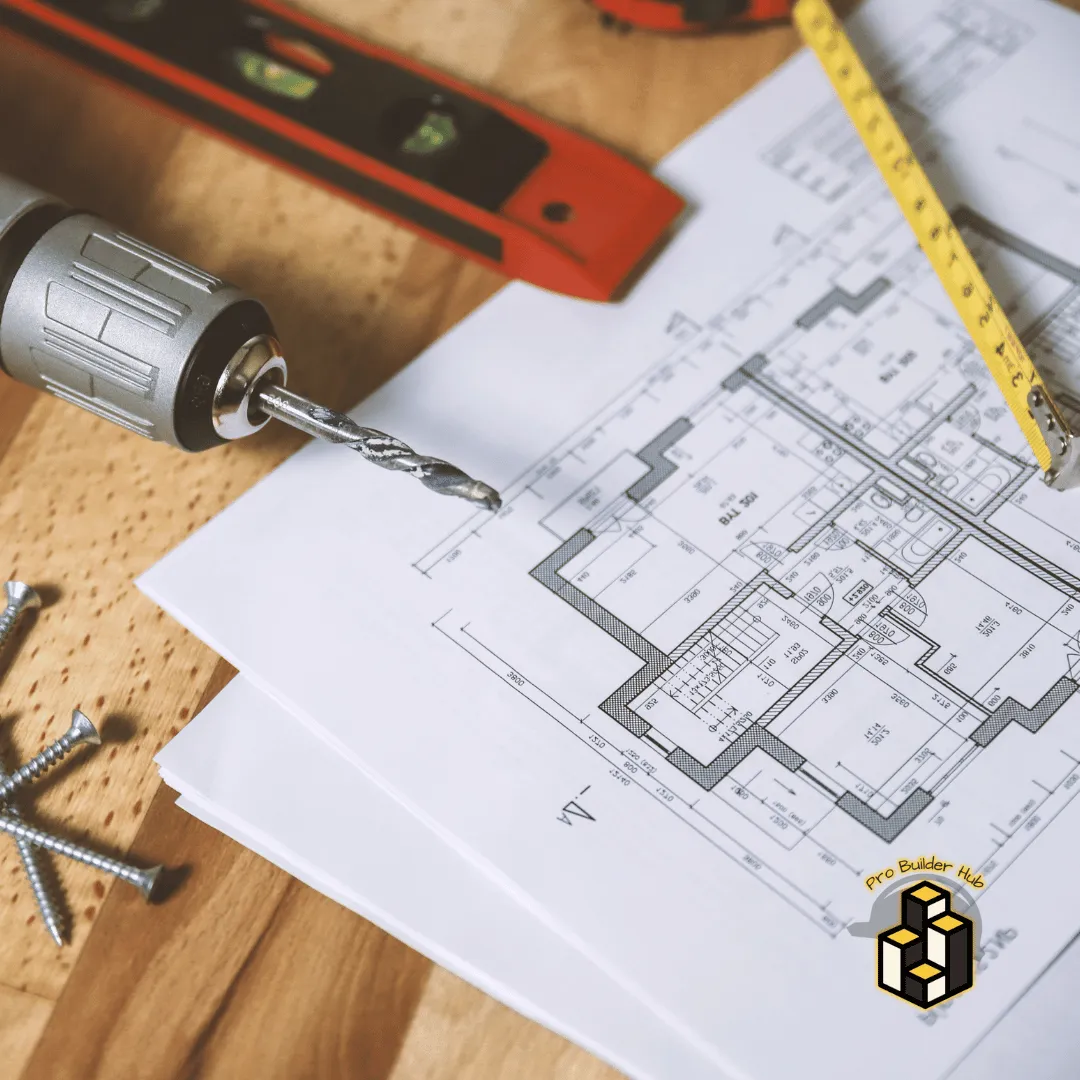
Contractor's Profile
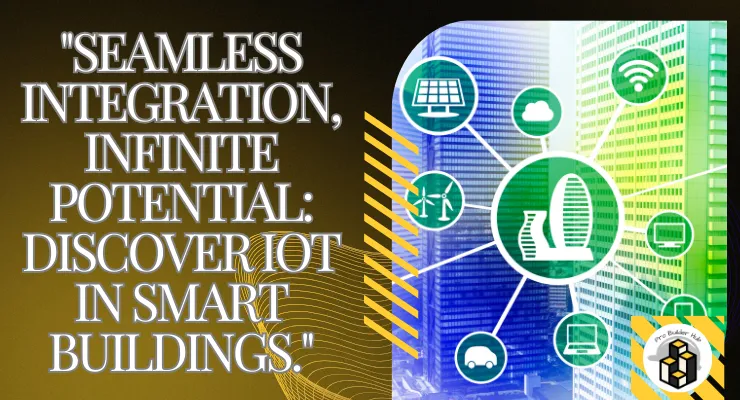
Internet of Things (IoT) in Smart Buildings

The Internet of Things (IoT) is important to changing traditional buildings into smart buildings. The Internet of Things (IoT) refers to the usage of interconnected devices and systems that collect and exchange data to improve building efficiency, comfort, and security.
Here are some advanced applications of IoT in smart buildings:
1. Smart HVAC System

Heating, Ventilation, and Air Conditioning (HVAC) systems that are enabled by the Internet of Things (IoT) can increase energy efficiency and occupant comfort.
Real-time Monitoring and Control: IoT sensors constantly monitor interior air quality, temperature, humidity, and occupancy levels. This data is used to alter HVAC settings in real time, maintaining optimal conditions while conserving energy.
Predictive Maintenance: IoT sensors can identify anomalies in HVAC systems, such as unexpected vibrations or temperature variations, and anticipate future breakdowns before they happen. This proactive strategy lowers downtime and maintenance expenses.
Energy Optimization: IoT-based HVAC systems learn from usage patterns and adapt heating and cooling schedules to match occupancy trends, resulting in lower energy consumption during unoccupied periods.
2. Smart Lighting Systems

IoT improves lighting systems by making them more adaptable, efficient, and user-friendly.
Occupancy Sensors: IoT sensors detect occupancy and automatically turn lights on or off, decreasing energy waste in unoccupied areas.
Daylight Harvesting: IoT systems regulate artificial lighting levels according on the quantity of natural light available, maximizing energy efficiency and ensuring consistent illumination.
Personalized Lighting: Occupants can adjust brightness and color temperature via mobile apps or voice commands.
3. Integrated Security Systems

IoT improves building security by utilizing networked and intelligent systems.
Access Control: IoT-enabled access control systems handle entry permissions via biometrics, smart cards, or mobile devices. These systems can be monitored and managed remotely, with real-time access records and warnings.
Surveillance Systems: IoT cameras and sensors allow continuous surveillance, using AI to detect odd activity and notify security professionals immediately.
Intrusion Detection: IoT sensors on doors, windows, and other entry points detect unwanted entrance attempts and send alarms and messages to security personnel.
4. Smart Energy Management

IoT devices help to optimize energy use, which contributes to sustainability and cost savings.
Energy Monitoring: IoT sensors monitor energy consumption across several systems and devices, providing detailed information and finding inefficiencies.
Demand Response: IoT-enabled equipment can modify energy use in response to utility signals, lowering demand during peak periods and taking advantage of lower rates during off-peak hours.
Automated Controls: Smart energy management systems optimize the performance of energy-consuming devices such as lights and HVAC by using real-time data and predictive algorithms.
5. Water Management Systems

IoT enhances water efficiency and management in buildings.
Leak Detection: IoT sensors can detect leaks in plumbing systems early on, saving water damage and waste.
Smart Irrigation: IoT systems monitor soil moisture and weather conditions to improve irrigation schedules, resulting in more effective water use for landscaping.
Usage Monitoring: Real-time monitoring of water consumption identifies regions of excessive use as well as conservation potential.
6. Occupant Experience and Comfort

IoT improves the tenant experience by creating personalized and responsive surroundings.
Environmental Control: Occupants can utilize mobile apps or voice assistants to adjust the temperature, lighting, and ventilation in their personal spaces.
Occupancy Analytics: IoT sensors detect people's movement and presence within a facility, optimizing space use and improving comfort by minimizing congestion.
Indoor Navigation: IoT-enabled wayfinding systems assist residents and visitors in navigating huge buildings by delivering real-time instructions and information on accessible amenities.
7. Facility Management and Maintenance

IoT simplifies facilities management procedures, increasing maintenance efficiency and effectiveness.
Asset Tracking: IoT devices can monitor the location and status of vital assets within a facility, ensuring they are properly maintained and utilized.
Automated Work Orders: Maintenance requests can be issued automatically based on sensor data, prioritizing activities and assuring timely completion.
Condition Monitoring: Continuous monitoring of building systems and equipment identifies wear and tear, allowing for prompt maintenance and extending asset lifespan.
8. Health and Safety Monitoring

IoT leads to a safer and healthier interior environment.
Air Quality Monitoring: IoT sensors monitor levels of pollutants, CO2, and other air quality indicators to keep indoor settings healthy and safe.
Fire Detection: Advanced fire detection systems employ IoT to monitor for smoke, heat, and other symptoms of fire, providing early alerts and allowing for quick response.
Emergency Response: IoT devices can provide real-time information and direction during a disaster, such as alerting inhabitants to safe exits and communicating with emergency personnel.
9. Smart Parking Systems

IoT improves parking management within and around smart buildings.
Occupancy Detection: IoT sensors detect available parking spaces and direct drivers to them, saving time spent looking for parking.
Reservation Systems: Using mobile apps, occupants can book parking spaces, assuring they have a spot upon arrival.
Usage Analytics: Monitoring parking usage trends optimizes space allocation and improves overall parking facility efficiency.
10. Renewable Energy Integration

IoT improves the integration and administration of renewable energy sources.
Solar and Wind Monitoring: IoT sensors monitor the operation of solar panels and wind turbines to optimize energy production and maintenance schedules.
Energy Storage Management: IoT systems manage energy storage by balancing supply and demand to provide a consistent energy supply.
Grid Interaction: With IoT, buildings can interact dynamically with the power grid, participating in demand response programs and optimizing energy use depending on real-time grid circumstances.
Conclusion
The use of IoT in smart buildings transforms how we interact with and govern our built environments. By providing real-time data, enhanced analytics, and automated controls, IoT improves efficiency, sustainability, security, and occupant comfort. As IoT technology advances, the potential for smarter, more responsive, and more sustainable buildings grows, opening the way for a future of intelligent living and working environments.


Internet of Things (IoT) in Smart Buildings

The Internet of Things (IoT) is important to changing traditional buildings into smart buildings. The Internet of Things (IoT) refers to the usage of interconnected devices and systems that collect and exchange data to improve building efficiency, comfort, and security.
Here are some advanced applications of IoT in smart buildings:
1. Smart HVAC System

Heating, Ventilation, and Air Conditioning (HVAC) systems that are enabled by the Internet of Things (IoT) can increase energy efficiency and occupant comfort.
Real-time Monitoring and Control: IoT sensors constantly monitor interior air quality, temperature, humidity, and occupancy levels. This data is used to alter HVAC settings in real time, maintaining optimal conditions while conserving energy.
Predictive Maintenance: IoT sensors can identify anomalies in HVAC systems, such as unexpected vibrations or temperature variations, and anticipate future breakdowns before they happen. This proactive strategy lowers downtime and maintenance expenses.
Energy Optimization: IoT-based HVAC systems learn from usage patterns and adapt heating and cooling schedules to match occupancy trends, resulting in lower energy consumption during unoccupied periods.
2. Smart Lighting Systems

IoT improves lighting systems by making them more adaptable, efficient, and user-friendly.
Occupancy Sensors: IoT sensors detect occupancy and automatically turn lights on or off, decreasing energy waste in unoccupied areas.
Daylight Harvesting: IoT systems regulate artificial lighting levels according on the quantity of natural light available, maximizing energy efficiency and ensuring consistent illumination.
Personalized Lighting: Occupants can adjust brightness and color temperature via mobile apps or voice commands.
3. Integrated Security Systems

IoT improves building security by utilizing networked and intelligent systems.
Access Control: IoT-enabled access control systems handle entry permissions via biometrics, smart cards, or mobile devices. These systems can be monitored and managed remotely, with real-time access records and warnings.
Surveillance Systems: IoT cameras and sensors allow continuous surveillance, using AI to detect odd activity and notify security professionals immediately.
Intrusion Detection: IoT sensors on doors, windows, and other entry points detect unwanted entrance attempts and send alarms and messages to security personnel.
4. Smart Energy Management

IoT devices help to optimize energy use, which contributes to sustainability and cost savings.
Energy Monitoring: IoT sensors monitor energy consumption across several systems and devices, providing detailed information and finding inefficiencies.
Demand Response: IoT-enabled equipment can modify energy use in response to utility signals, lowering demand during peak periods and taking advantage of lower rates during off-peak hours.
Automated Controls: Smart energy management systems optimize the performance of energy-consuming devices such as lights and HVAC by using real-time data and predictive algorithms.
5. Water Management Systems

IoT enhances water efficiency and management in buildings.
Leak Detection: IoT sensors can detect leaks in plumbing systems early on, saving water damage and waste.
Smart Irrigation: IoT systems monitor soil moisture and weather conditions to improve irrigation schedules, resulting in more effective water use for landscaping.
Usage Monitoring: Real-time monitoring of water consumption identifies regions of excessive use as well as conservation potential.
6. Occupant Experience and Comfort

IoT improves the tenant experience by creating personalized and responsive surroundings.
Environmental Control: Occupants can utilize mobile apps or voice assistants to adjust the temperature, lighting, and ventilation in their personal spaces.
Occupancy Analytics: IoT sensors detect people's movement and presence within a facility, optimizing space use and improving comfort by minimizing congestion.
Indoor Navigation: IoT-enabled wayfinding systems assist residents and visitors in navigating huge buildings by delivering real-time instructions and information on accessible amenities.
7. Facility Management and Maintenance

IoT simplifies facilities management procedures, increasing maintenance efficiency and effectiveness.
Asset Tracking: IoT devices can monitor the location and status of vital assets within a facility, ensuring they are properly maintained and utilized.
Automated Work Orders: Maintenance requests can be issued automatically based on sensor data, prioritizing activities and assuring timely completion.
Condition Monitoring: Continuous monitoring of building systems and equipment identifies wear and tear, allowing for prompt maintenance and extending asset lifespan.
8. Health and Safety Monitoring

IoT leads to a safer and healthier interior environment.
Air Quality Monitoring: IoT sensors monitor levels of pollutants, CO2, and other air quality indicators to keep indoor settings healthy and safe.
Fire Detection: Advanced fire detection systems employ IoT to monitor for smoke, heat, and other symptoms of fire, providing early alerts and allowing for quick response.
Emergency Response: IoT devices can provide real-time information and direction during a disaster, such as alerting inhabitants to safe exits and communicating with emergency personnel.
9. Smart Parking Systems

IoT improves parking management within and around smart buildings.
Occupancy Detection: IoT sensors detect available parking spaces and direct drivers to them, saving time spent looking for parking.
Reservation Systems: Using mobile apps, occupants can book parking spaces, assuring they have a spot upon arrival.
Usage Analytics: Monitoring parking usage trends optimizes space allocation and improves overall parking facility efficiency.
10. Renewable Energy Integration

IoT improves the integration and administration of renewable energy sources.
Solar and Wind Monitoring: IoT sensors monitor the operation of solar panels and wind turbines to optimize energy production and maintenance schedules.
Energy Storage Management: IoT systems manage energy storage by balancing supply and demand to provide a consistent energy supply.
Grid Interaction: With IoT, buildings can interact dynamically with the power grid, participating in demand response programs and optimizing energy use depending on real-time grid circumstances.
Conclusion
The use of IoT in smart buildings transforms how we interact with and govern our built environments. By providing real-time data, enhanced analytics, and automated controls, IoT improves efficiency, sustainability, security, and occupant comfort. As IoT technology advances, the potential for smarter, more responsive, and more sustainable buildings grows, opening the way for a future of intelligent living and working environments.

Our Mission
At ProBuilderHub, we strive to empower small businesses and corporations by providing an all-in-one software solution that promotes growth and success, especially for contractors. We believe in facilitating access to a wide range of industries and bridging the gap between skilled individuals and businesses. Our mission is to create a community in which expertise is appreciated and opportunities abound, allowing businesses of all sizes to thrive and succeed.

FAQS
What is ProBuilderHub?
Pro Builder Hub is a comprehensive platform catering to individuals and entities involved in the skilled labor industry. It serves as a hub for seasoned professionals, contractors, and employers seeking skilled labor or specialized services.
Who can benefit from Pro Builder Hub?
Pro Builder Hub caters to a diverse audience, including:
- Skilled workers seeking new opportunities.
- Contractors looking to expand their workforce or secure more projects.
- Employers in need of skilled manpower for their projects.
- Suppliers
How can skilled workers benefit from Pro Builder Hub?
Skilled workers can explore new job opportunities posted by contractors and employers on the platform or through social media. They can showcase their expertise, skills, and experience to potential employers looking to hire skilled labor.
